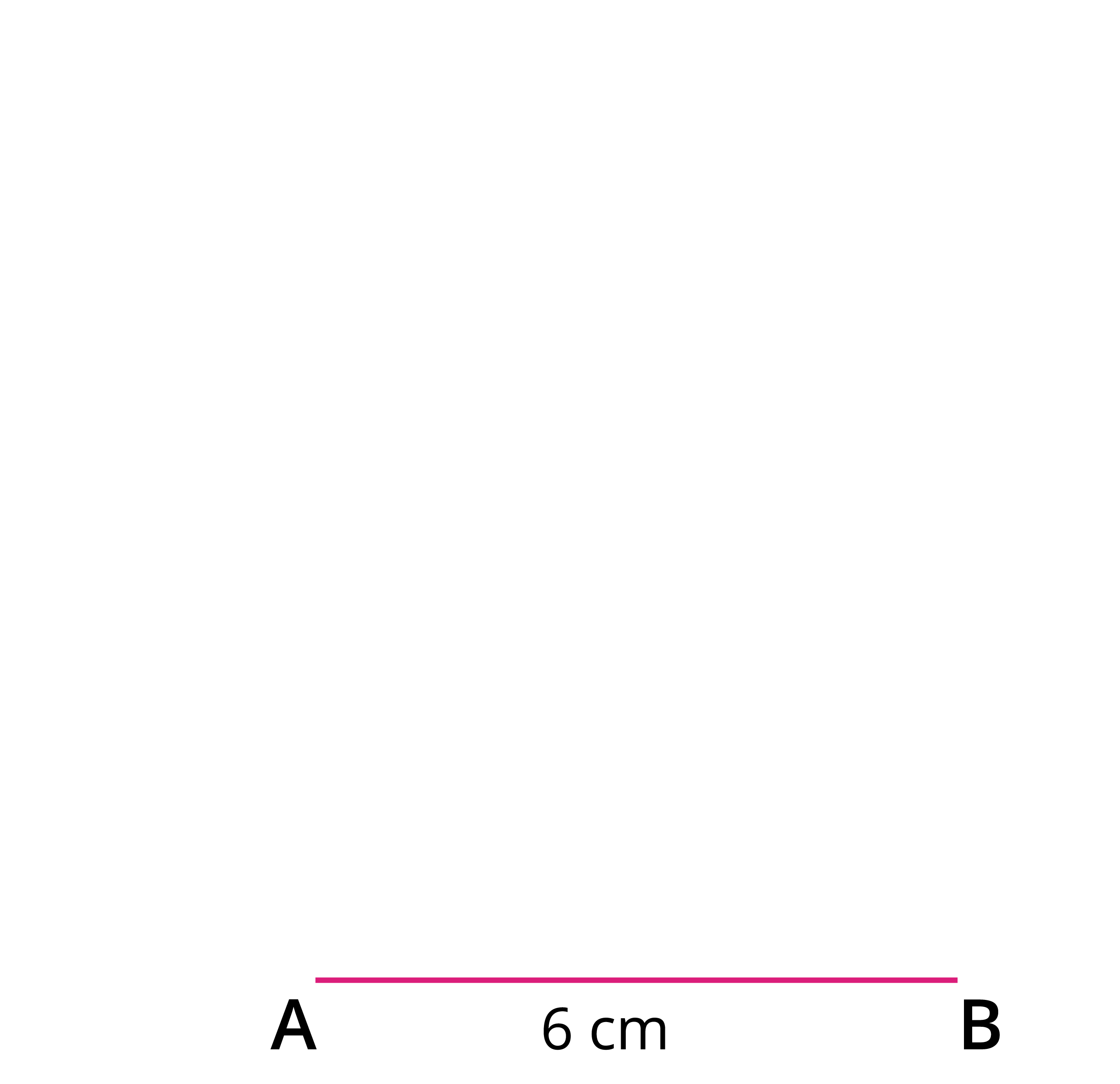
PUMPA - SMART LEARNING
எங்கள் ஆசிரியர்களுடன் 1-ஆன்-1 ஆலோசனை நேரத்தைப் பெறுங்கள். டாப்பர் ஆவதற்கு நாங்கள் பயிற்சி அளிப்போம்
Book Free DemoWorking rule to construct a parallelogram:
Let us discuss the working rule to construct a parallelogram when the measure of two adjacent sides and an angle of a parallelogram are given.
Example:
Construct a parallelogram ABCD with AB = 6 cm, BC = 5.5 cm and \angle ABC = 75^{\circ}.
Construction:
Step 1: Draw a line segment AB = 6 cm.
Step 2: With B as centre, mark an angle 75^{\circ} using the protractor and mark it as X. Join BX.
Step 3: With B as centre, draw an arc of radius 5.5 cm intersecting BX at C.
Step 4: With C and A as centres, draw two arcs of radii 6 cm and 5.5 cm respectively such that they intersect each other at D.
Step 5: Join CD and AD.
Step 6: ABCD is the required parallelogram. The measure of CE gives the height of the parallelogram ABCD.
